The financial capital of India is a bustling city with many tourist attractions, different types of food, and different cultures. Mumbai is not only a concrete jungle but it also offers some scenic landscape mountains and hills. Let’s check out the adventurous trekking places near Mumbai which will take your breath away.
Trekking Places Near Mumbai
1)Kanheri Caves- Kanheri caves located near Sanjay Gandhi National park is one of the easiest trekking spots for beginners. The trek begins at Kanheri plateau and ends at the caves. During the trial, we can witness some wonderful Buddhist artwork, ancient, architectural details, wonderful views of the park, and some exotic birds.
Distance: 30Kms from Mumbai.

2)Yeoor Hills– Yeorr Hills is one of the engaging places for trekking. We can reach the top of the hill within 30 to 45minutes. Even though they are a few slippery spots along the way but once we reach the top of the hill, the beautiful panoramic view of the national park welcomes us
Distance: 26kms for Mumbai
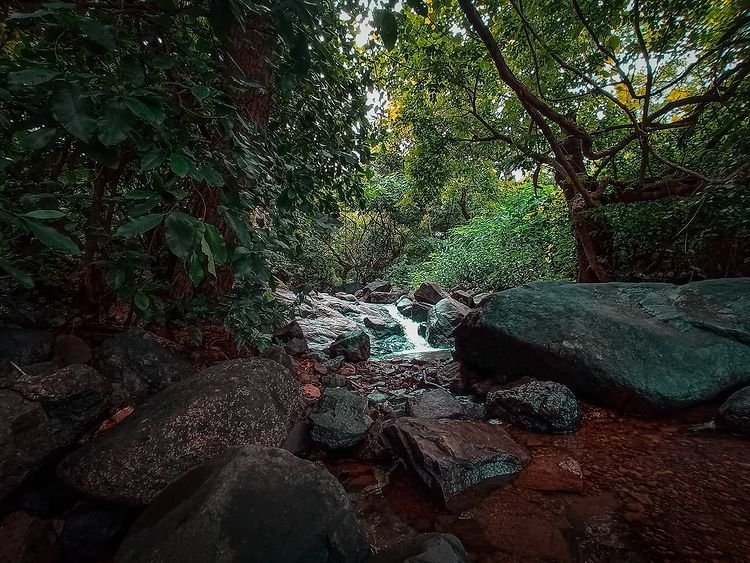
3)Chinchoti– Chinchoti has some of the best trek routes. The best among them is the route which begins from Kaman Phata which will take us through the small village, a few streams, dense vegetation. The endpoint of the chinchoti trek is the majestic waterfalls which is an ideal place for a one-day picnic and adventure in monsoon times.
Distance: 50Kms from Mumbai
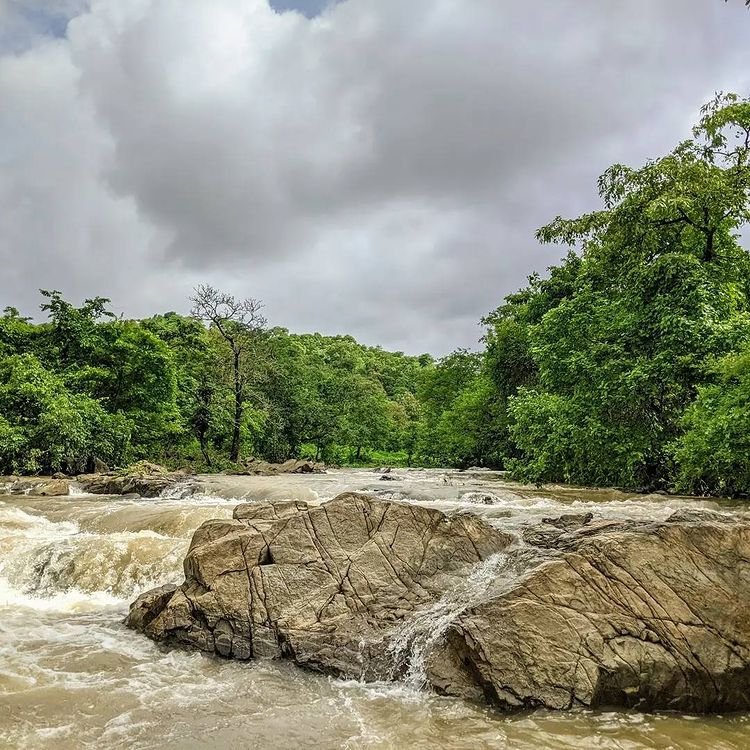
4)Tungareshwar- Tungareshwar is a scenic and beautiful place to escape from the city noises near Mumbai. The trail route is exciting which will lead us through the thick forests with green landscapes. There is also a Shiva Temple, Vajreshwari Springs at the last point of the trek route.
Distance: 50Kms for Mumbai
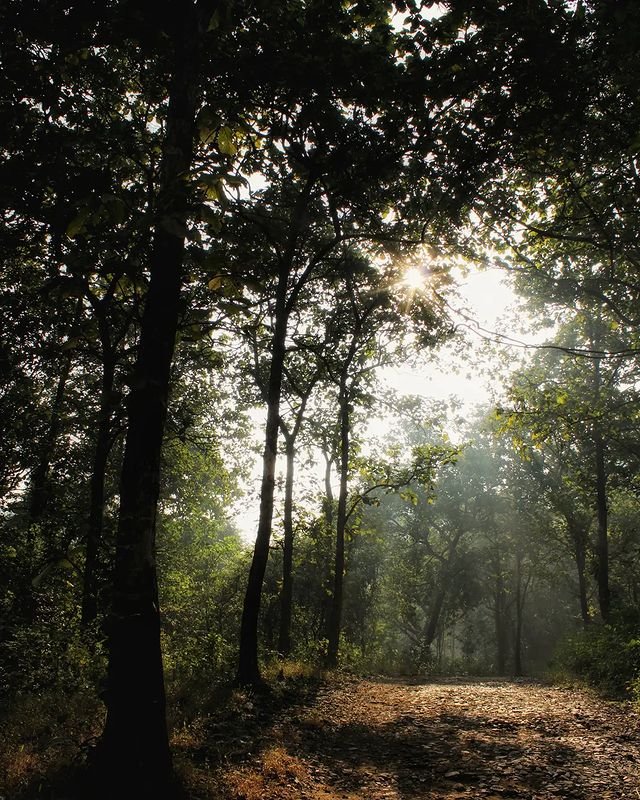
5)Shilonda: Shilonda is a tribal settlement located at Sanjay Gandhi National park. It is a perfect trekking spot for beginners, It is a perfect spot to get away from the city noises. The walk stretches 2.5miles into the dense forests with beautiful streams, some tropical birds.
Distance: 25Kms for Mumbai

6)Garbett Plateau– Garbett Plateau is one of the challenging and fun trekking places in Maharashtra. Diksal village is the beginning point of the trail which will take us through some steep slopes, and rock passages that offer a beautiful view of the Garbett Plateau. The trek becomes a little tough during the monsoon times, So we may need rope support to get through the passages.
Distance: 80Kms from Mumbai
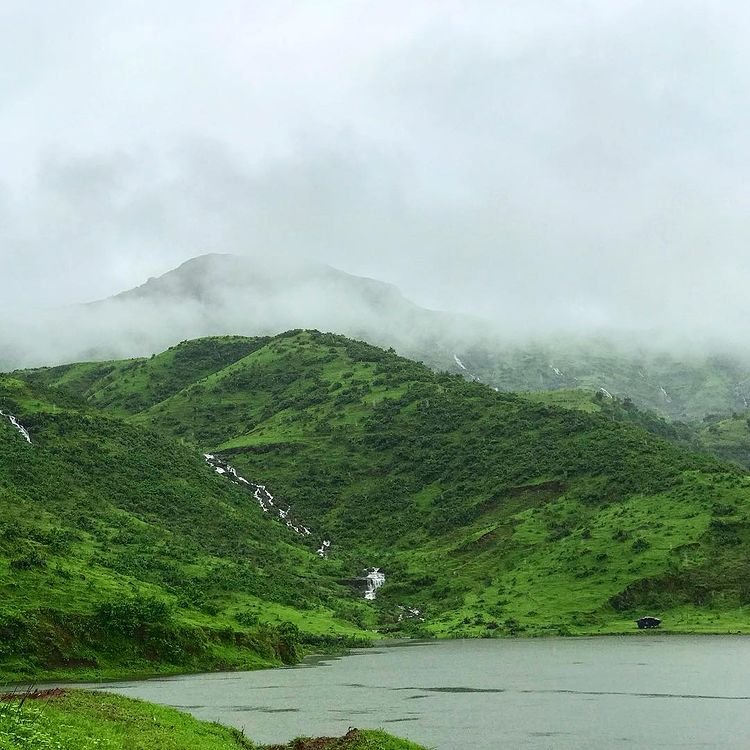
7)Kune Waterfalls– Kune Waterfalls is one of the popular tourist spots in Maharashtra. The gigantic waterfalls stream down from an altitude of 625metres. It would take 3 hours to reach the top of the hill to witness the beautiful view from the top. The route may be a bit confusing so it is better to hire a guide or we can book a group.
Distance: 80Kms for Mumbai
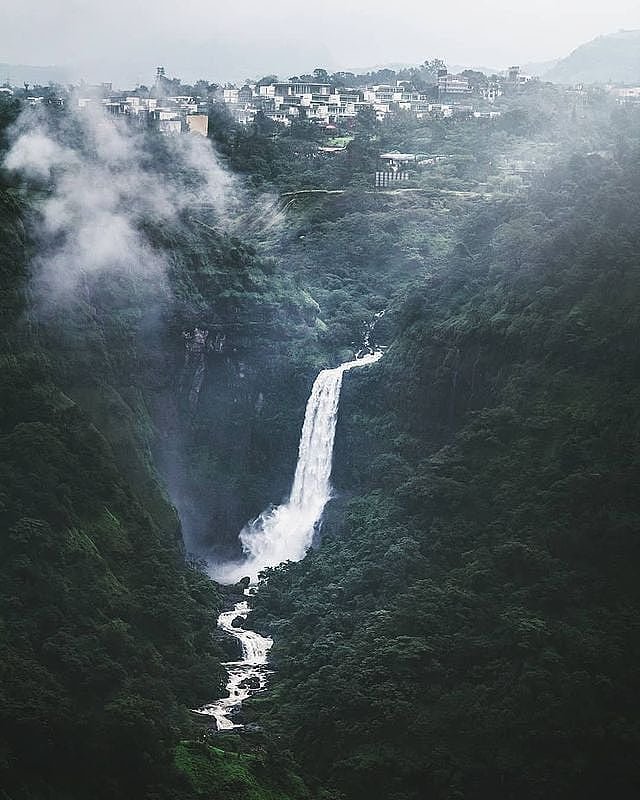
8)Sandhan Valley- Sandhay Valley popularly known as Valley of Suspense or Valley of Shadow is an excellent place to witness the Sunset and Sunrise. The trek route is very beautiful and it is a once-in-a-lifetime experience that shouldn’t be missed. We can also participate in adventure sports if we want to take a break from trekking.
Distance: 183Kms from Mumbai

9)Mahuli Fort– Located at 2815 feet about sea level, Mahuli Fort is a popular historic trekking destination in Maharashtra. The fort is located on the western side of the Sahyadri range of mountains. Mahuli fort is surrounded by lush green forests and it is a protected monument by the Archaeological Survey of India
Distance: 72Kms from Mumbai

10)Karnala Fort- Karnala Fort is one of the amazing places for trekking. Pandu’s tower pillar, Karnala Bird sanctuary are some of the beautiful spots in the fort. Once we reach the top, We can witness the panoramic view of the Sahyadri range and neighboring forts as well.
Distance: 65Kms from Mumbai

11)Peb Fort– Peb fort is one of the easiest and most scenic trekking places near Mumbai. The trail begins at a village and takes us through forests and caves. There are some ladders installed to climb up top to see the Matheran’s view.
Distance: 80Kms from Mumbai
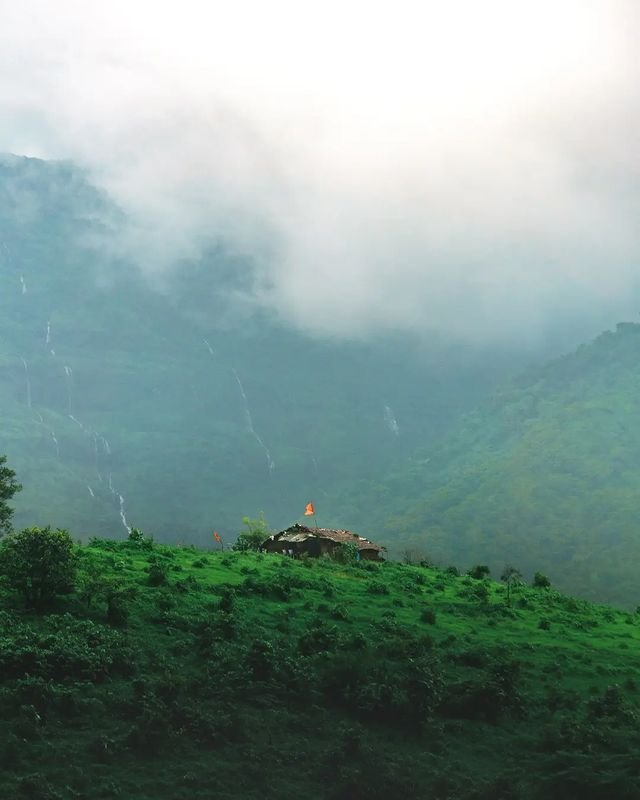
12)Dhak Bahiri Caves– Located at a height of 2700 feet above sea level, Dhak Bahiri is one of the most thrilling trekking places near Mumbai. The trekking begins from Sandishi village which will take us through some edgy rocks, curvy pathways. To reach the top we have to use the rope or bamboo staff to climb. Once we reach the top we will get to see the majestic view of historic forts in the Sahyadri range.
Distance: 120Kms from Mumbai
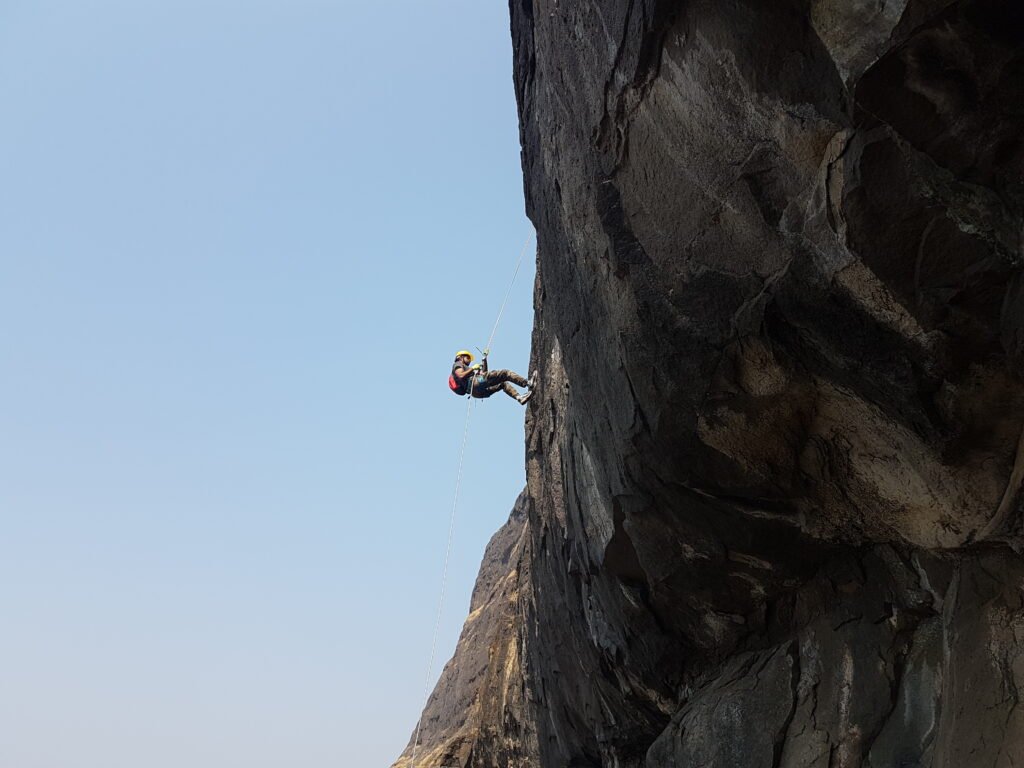
13)Rajmachi fort- Rajmachi fort is a beautiful place that offers two different trails for trekking. The first one begins from Udhewadi village which is quite easy for beginners. But the real fun is in the second route from Kondana caves which will take us through lush green forest and valleys.
Distance: 314Kms from Mumbai

14)Lohagad Fort- Lohagad Fort is the perfect place where there is the perfect blend of history and adventure. The fort is enhanced with the historical works of Chatrapathi Sivaji Maharaj. The walk may be a bit slippery during the monsoon season but once we reach the top we can witness the beautiful view of Pavana Dam.
Distance: 100Kms from Mumbai
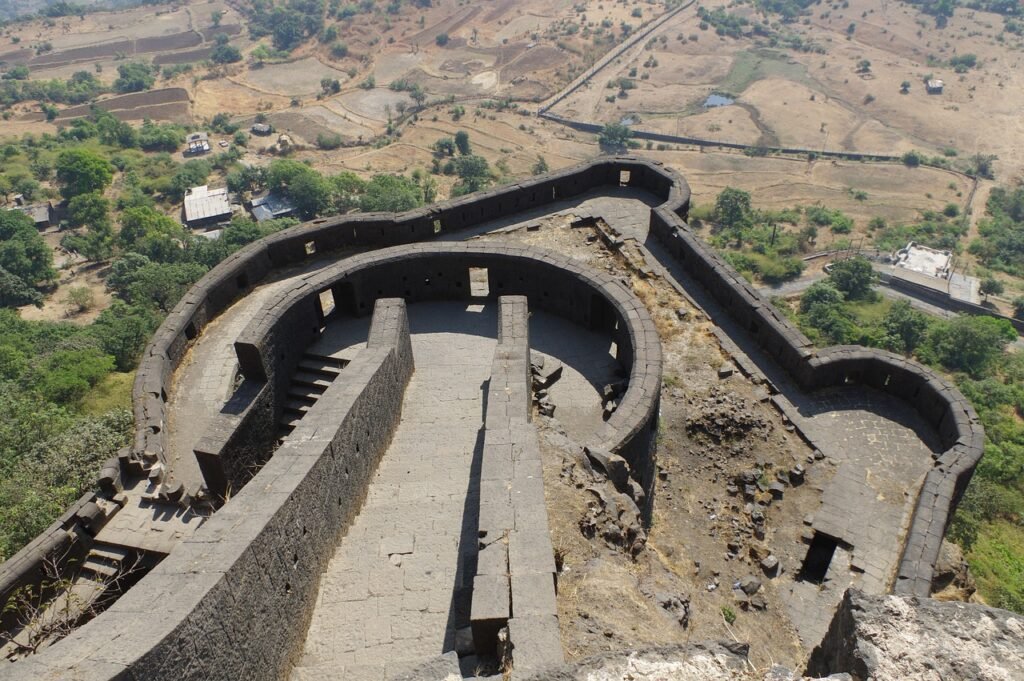
15)Sudhagad Fort- Sudhagad fort is a popular trekking place near Mumbai which begins from Thakurwadi village to the gates of the fort. Some ladders are installed to help us climb up because the trail gets difficult in some parts. The popular spots in Sudhagad fort are Maha Darwaja, Dindi Darwaja, Chor Darwaja and Echo Point.
Distance: 110kms from Mumbai
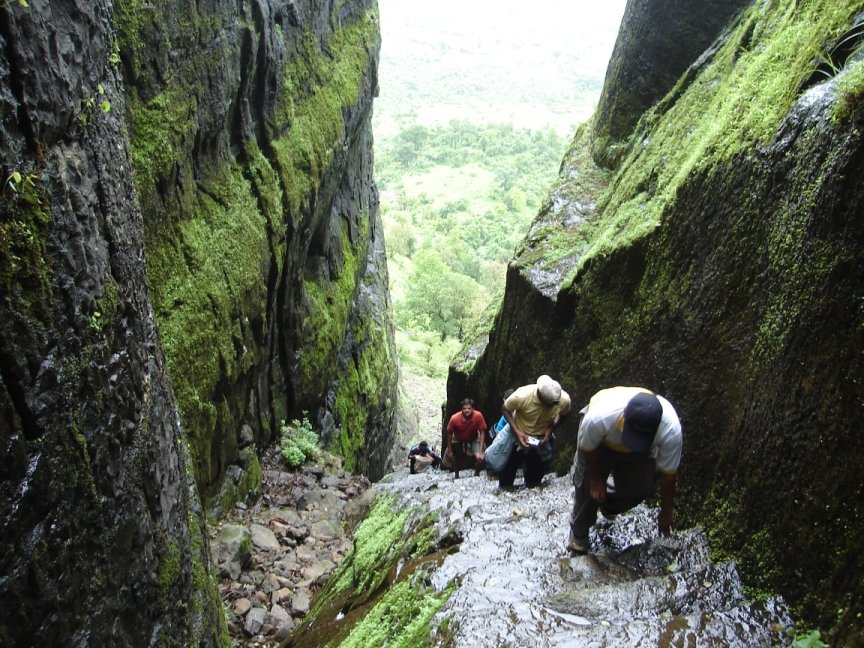
16)Harishchandragad Fort- One of the challenging places for trekking is Harishchandragad Fort. The walk-through is exciting with rock climbing, valley crossing, and going through the caves. The fort is located at a height of 4,665 feet from sea level. It is not easy to reach the top that is why it takes two days to complete the trek. We can set up overnight camps within the caves.
Distance: 101Kms from Mumbai

17)Korigad Fort– Korigad Fort is one of the ancient forts in the Sahyadri Range. Korigad Fort offers two ways for trekking, The first one is climbing 100 steps to reach the top of the fort, It is an easy route for the ones who just want to visit the fort. But the second route is the best one for the adventure seekers, The trail takes us through the dense forests and deep valleys. The Korigad Fort still has some ruins, war cannons, and two caves with large ponds.
Distance: 105Kms from Mumbai
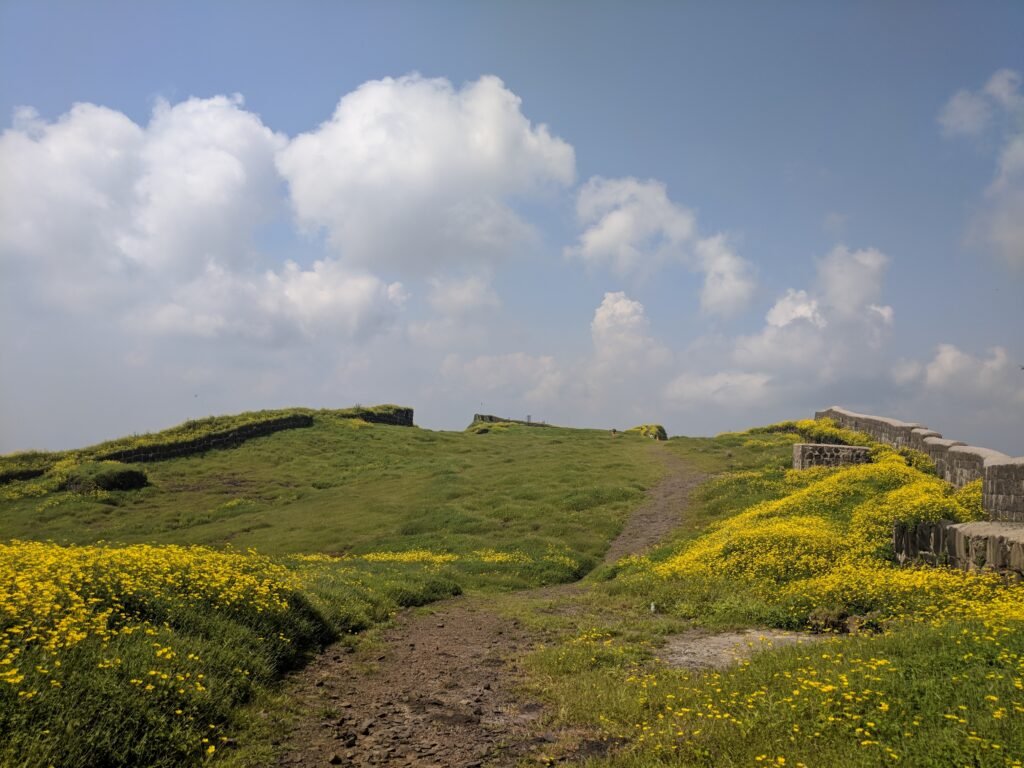
18)Ratangad Fort– Ratangad Fort is one of the popular historical places near Mumbai. It is not easy to reach the fort, First, we have to take a boat from Bhandardara and then walk to the Ratnadwadi village. There we have to choose the trail routes which suit us. The first one is the steps and ladder route, and the second one is through dense forests and rocky terrains. Both of the routes are tough because they have some steep curves which offer stunning views of BhandaKordara’s skyline.
Distance: 185Kms from Mumbai

19)Raigad Fort– Raigad Fort is also one of the popular forts in Mumbai which also offers more than one route for trekkers. The first one is the steps route which will directly lead us to the gate and the second one takes us through the thick forest which will lead us to the Nane Darwaja.
Distance: 160Kms from Mumbai
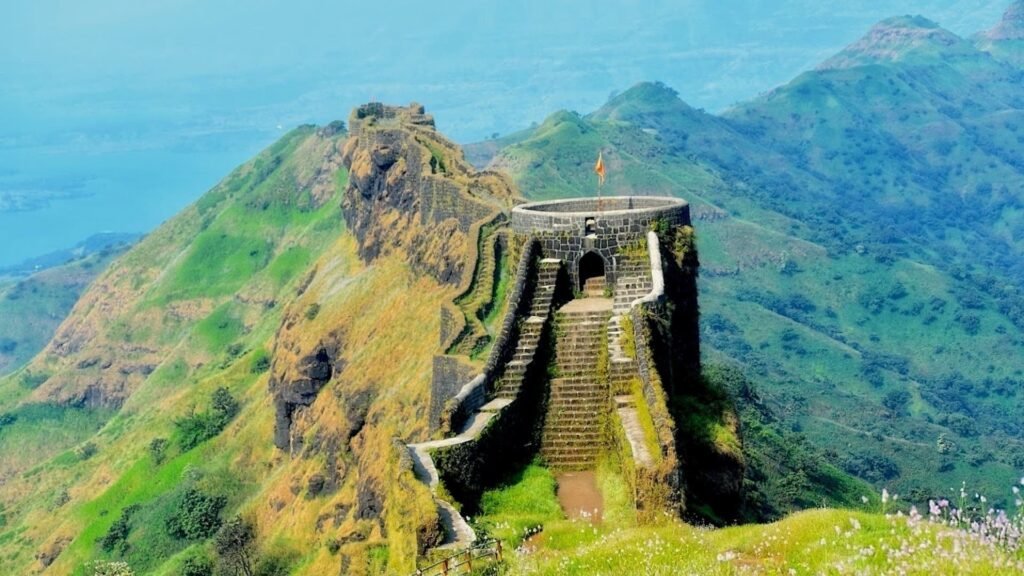
20)Tikona Fort– Tikona Fort is an excellent place for trekking in Maharashtra. The name Tikona came because of the pyramidal shape of the hill. The fort’s topmost point is located at 3500feet which offers a panorama view of the entire region and neighboring forts as well.
Distance: 121Kms from Mumbai
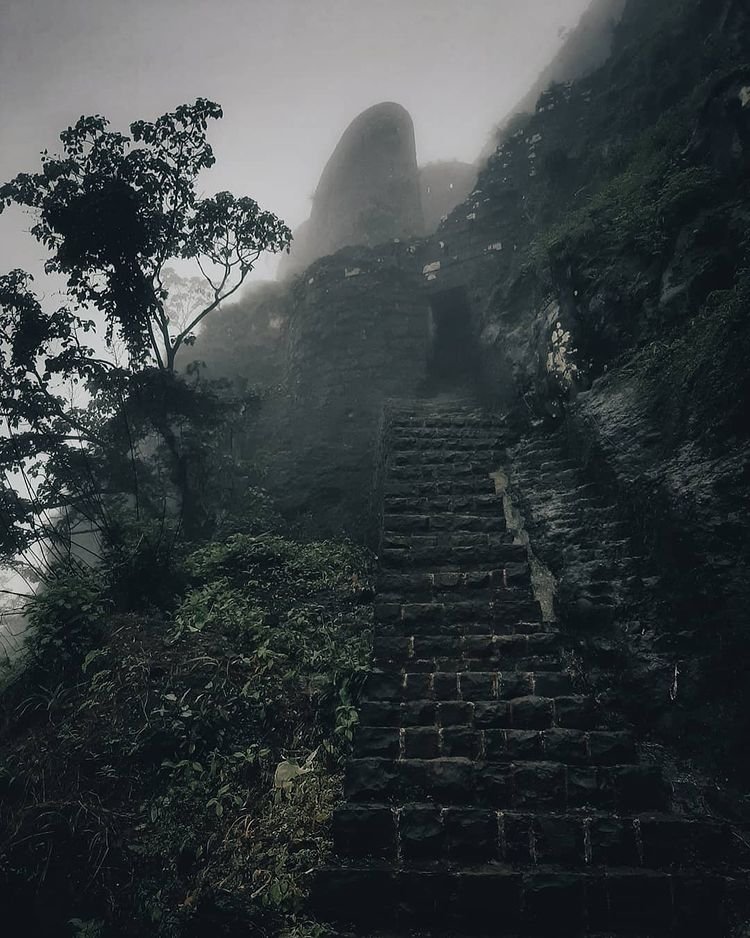
21)Purandhar Fort– Purandhar Fort is one of the popular tourist attractions in Maharashtra which signifies the greatness of Shivaji Maharaj. We can visit the fort for sightseeing and trekking as well. The trail takes us through some lush green meadows, rocky ways, and a few steps to climb up to the top. The trail may get slippery along its way but it is not dangerous. We can hold onto the rope to climb up.
Distance: 200Kms from Mumbai
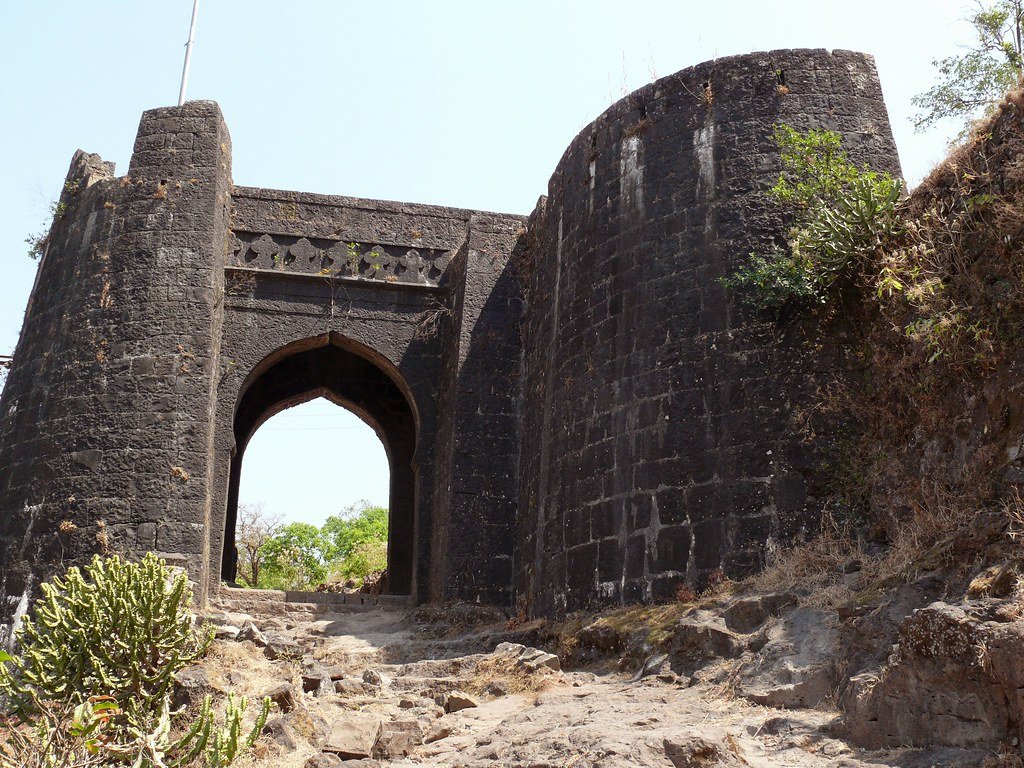
So these are some excellent trekking places near Mumbai filled with history and adventure. All of these trekking spots are some of the great escape places from the crowd. Pack your bags and choose the best place which suits your trekking skills.




























